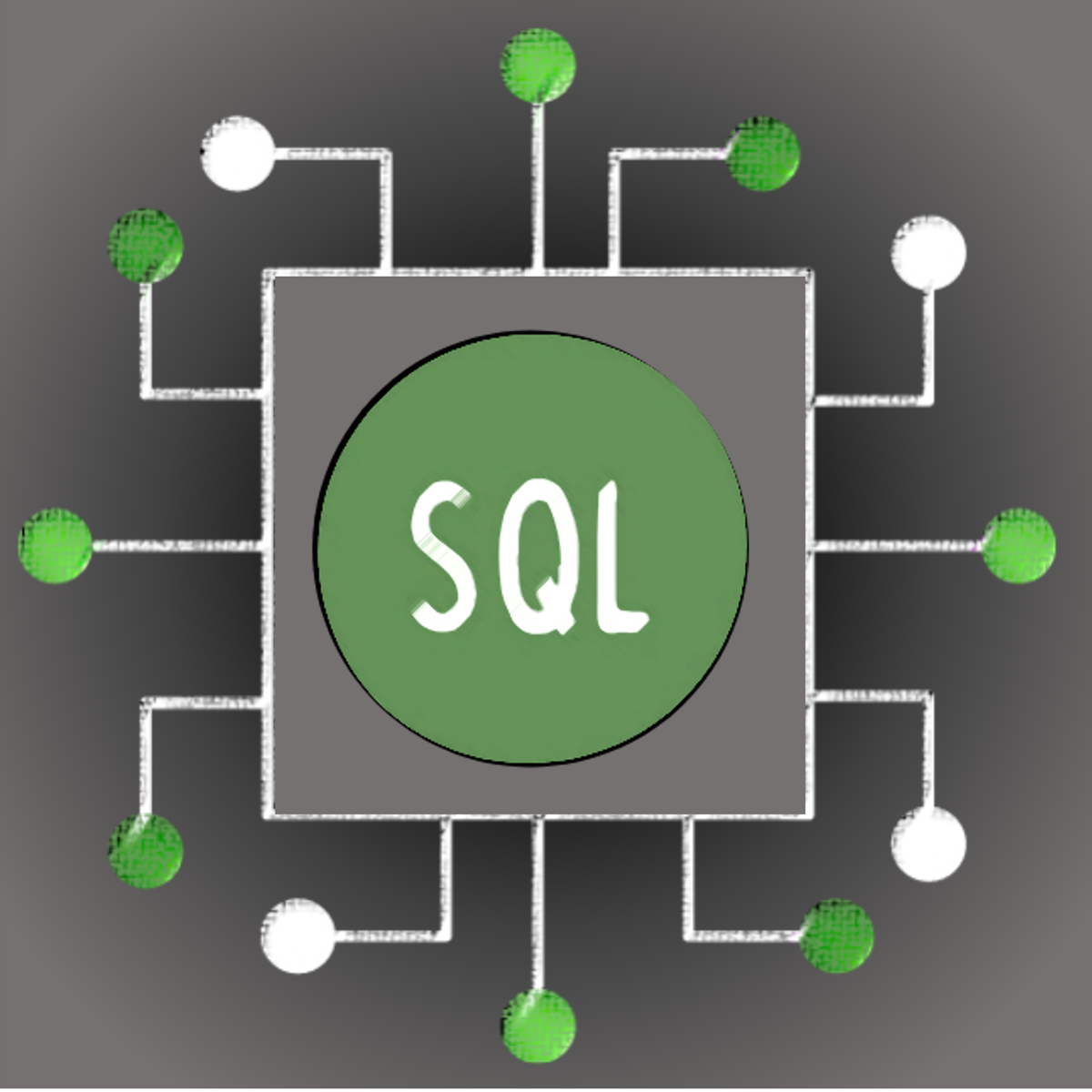Back to Courses









Data Management Courses - Page 32
Showing results 311-320 of 399

Scripting with Python and SQL for Data Engineering
In this third course of the Python, Bash and SQL Essentials for Data Engineering Specialization, you will explore techniques to work effectively with Python and SQL. We will go through useful data structures in Python scripting and connect to databases like MySQL. Additionally, you will learn how to use a modern text editor to connect and run SQL queries against a real database, performing operations to load and extract data. Finally, you will use extracted data from websites using scraping techniques. These skills will allow you to work effectively when data is not readily available, or when spatial queries are required to extract useful information from databases.

Deploy a Modern Web App connected to a Cloud Spanner Instance
This is a self-paced lab that takes place in the Google Cloud console. In this lab you build and deploy a Node.js application connected to a Cloud Spanner instance. The Node.js application is a stock price visualization tool named OmegaTrade. The OmegaTrade application stores stock prices in Cloud Spanner and renders visualizations using Google Charts.

Create Python Linux Script to Generate a Disk Usage Report
There are many choices when it comes to writing scripts on Linux. The bash shell script has been a popular choice, since the bash shell itself is a programming language and the commands used in the script match the syntax of the shell. Python is becoming increasingly popular for scripting on Linux because of its simple syntax, easy access to Linux system commands, and powerful libraries with which to create reports, for example. In addition, Python can be used in other applications and on multiple platforms, so there is also the benefit of learning one language for many programming requirements.
In this course, you will create a Python script in which you will determine disk space and generate a report on disk usage on an Ubuntu Linux system.
Note: This course works best for learners who are based in the North America region. We’re currently working on providing the same experience in other regions.

Online Data Migration to Cloud Spanner using Striim
This is a self-paced lab that takes place in the Google Cloud console.
In this lab you will learn how to migrate a Cloud SQL for MySQL database to Cloud Spanner using Google Cloud's data migration partner, Striim.

Cloud Storage: Qwik Start - Cloud Console
This is a self-paced lab that takes place in the Google Cloud console. This hands-on lab shows you how to perform basic tasks in Cloud Storage using the Google Cloud Console. Watch the short video Google Cloud Storage: Massive Scalability Plus More.

Monitoring and Logging for Cloud Functions
This is a self-paced lab that takes place in the Google Cloud console.
In this hands-on lab we take a look through some of the information provided by the Cloud Monitoring tools, and teach some of the concepts you will need to know to take advantage of Cloud Monitoring effectively.

Creating and Populating a Bigtable Instance
This is a self-paced lab that takes place in the Google Cloud console. In this lab, you create a Bigtable instance and table and then use a Dataflow template to populate the table from pre-generated data files on Cloud Storage.

Build a Database from a Relational Model
In this course you will interpret the components of a relational data model, convert that model into a relational database, and then test the database design. The process of database design begins with requirements analysis to determine who will use the new database and how it will be used. The results of the detailed analysis are recorded in an Entity Relationship Diagram (ERD), which documents entities and their attributes, along with the relationships between entities. The ERD (logical design) is then converted into the Relational Model, which serves as the blueprint for the actual creation of a database in a database management system. By the end of this course, you will have used a blueprint—a Relational Model—to create a database using SQLiteStudio. In addition, you will have developed test data and queries to validate the database design represented by the Relational Model.
Note: This course works best for learners who are based in the North America region. We’re currently working on providing the same experience in other regions.

Cloud Spanner - Defining Schemas and Understanding Query Plans
This is a self-paced lab that takes place in the Google Cloud console. In this lab you review schema related features of Cloud Spanner and apply those to a Banking Operations database. You also review the methods and rules by which Cloud Spanner creates query plans.

Building Realtime Pipelines in Cloud Data Fusion
This is a self-paced lab that takes place in the Google Cloud console. In addition to batch pipelines, Data Fusion also allows you to create real-time pipelines, that can process events as they are generated. Currently, realtime pipelines execute using Apache Spark Streaming on Cloud Dataproc clusters. In this lab, you will learn how to build a streaming pipeline using Data Fusion.
Popular Internships and Jobs by Categories
Browse
© 2024 BoostGrad | All rights reserved


